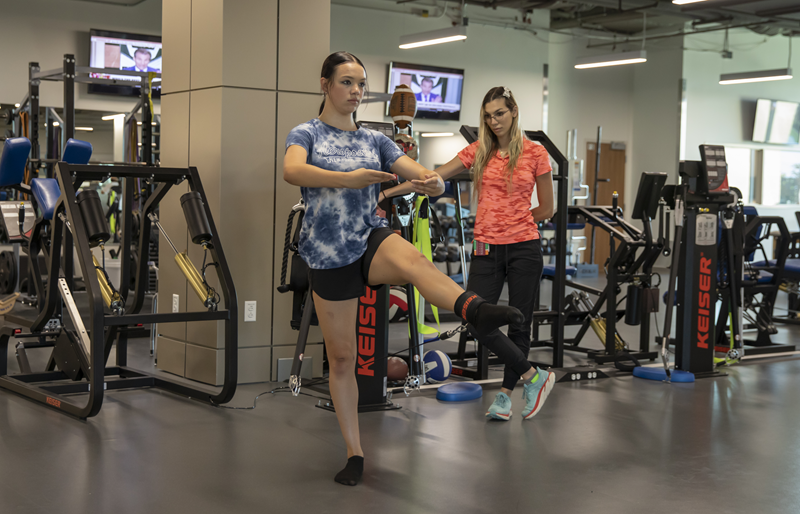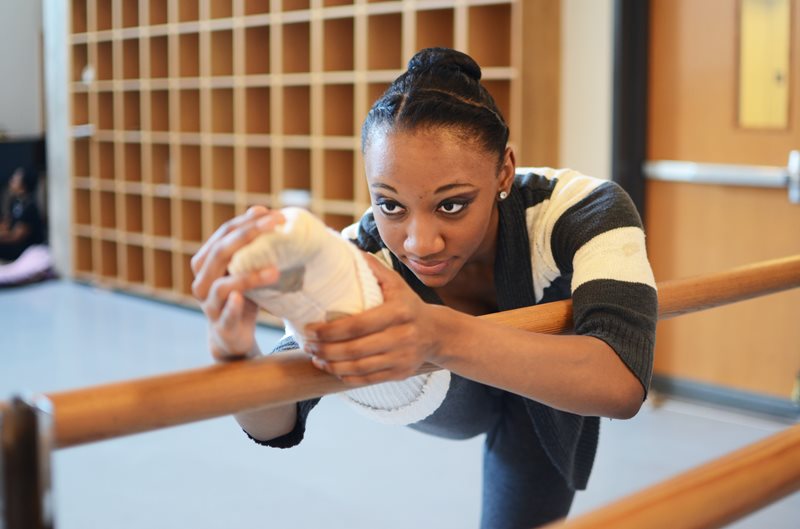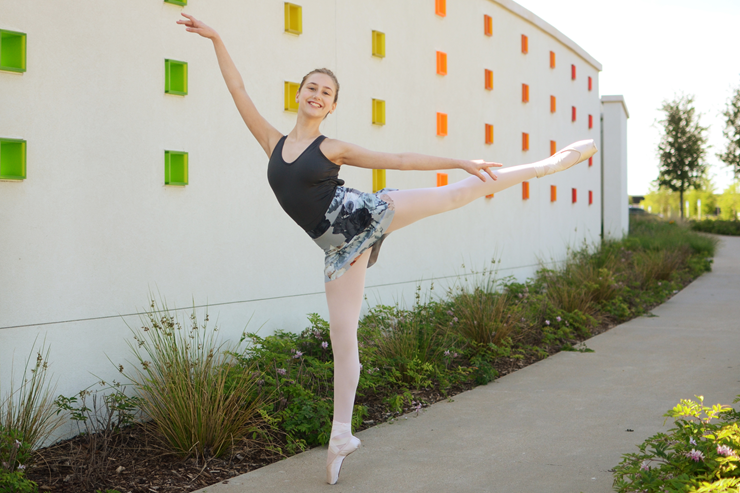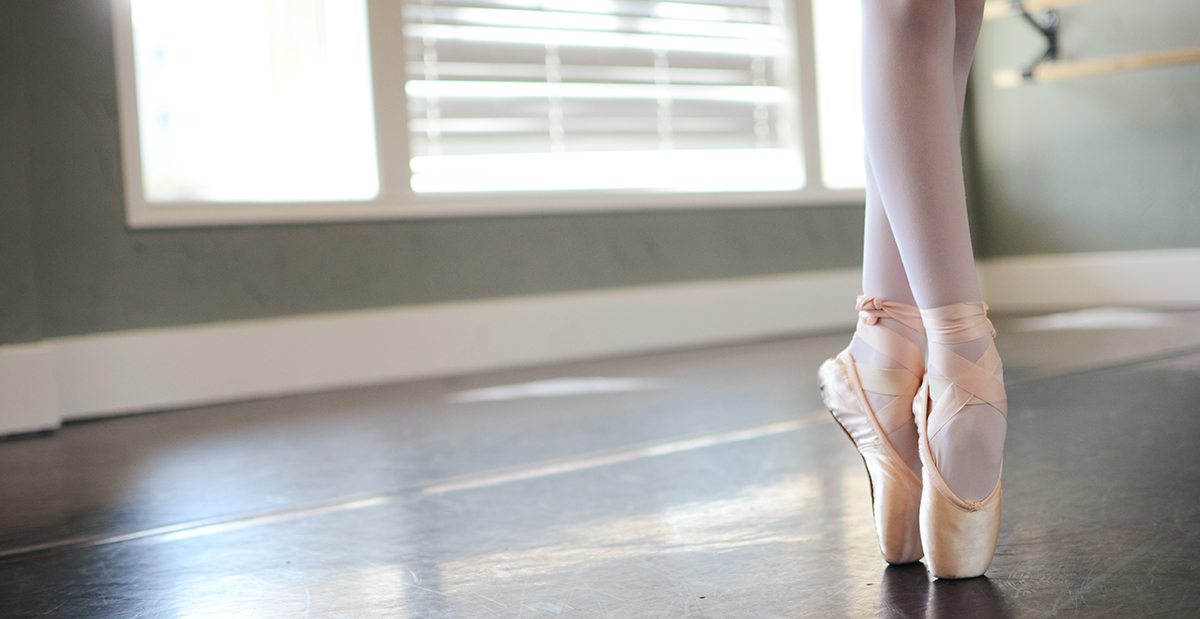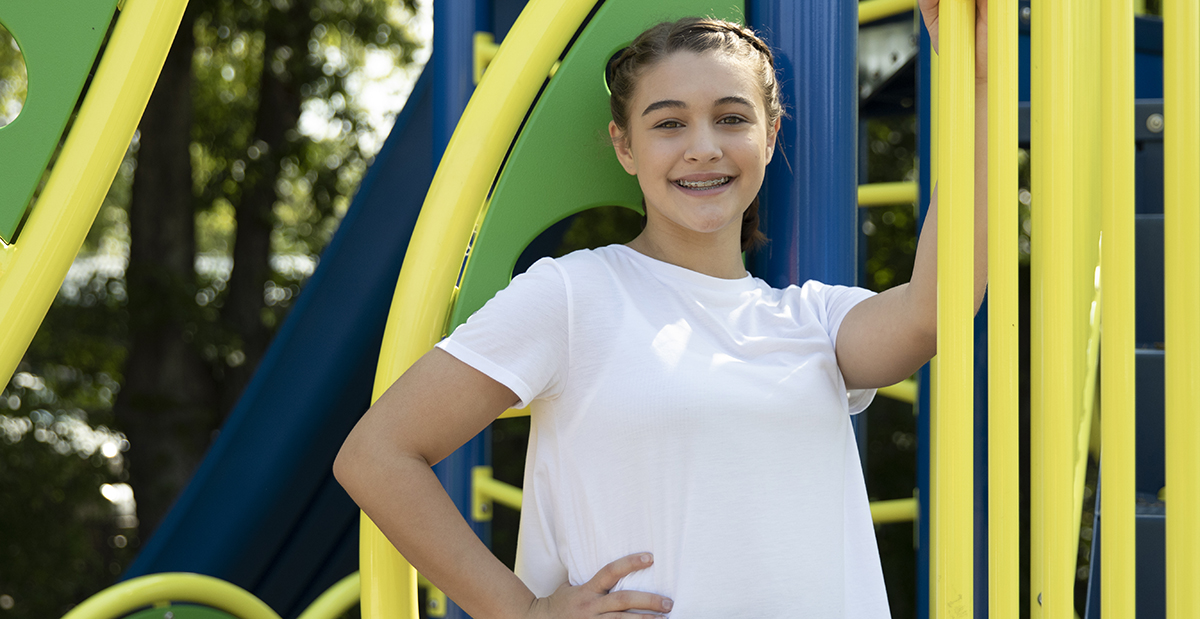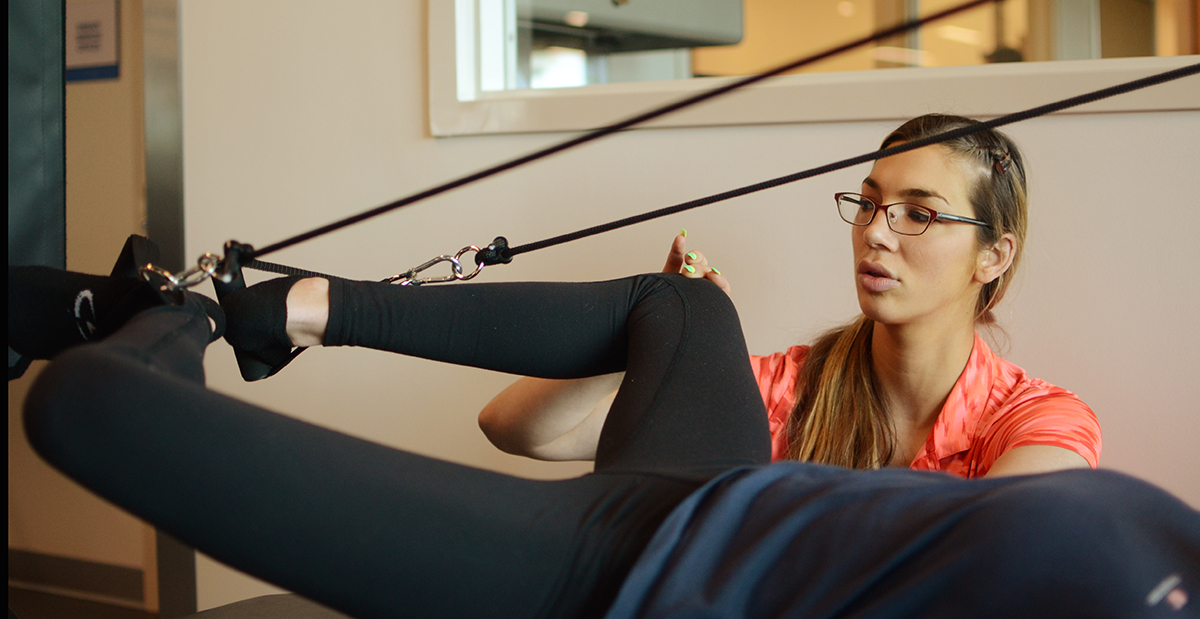Though some injuries may occur from a specific movement or fall, most injuries in dancing occur from overuse or repetitive motion. Since all genres require high volume practice, the muscles, joints and bones of dancers can become weakened or damaged. Recognizing these injuries early can reduce the time away from dance. Here are some common injuries dancers face:
- Stress fractures in the hip, leg or foot
- Femoracetabular impingement
- Growth plate injuries
- Foot fractures and tendinitis
- Sprains and strains
Dancers have long duration and high intensity training sessions. They also have very few “off” days and weeks throughout the year. When a dancer is not consuming enough calories to meet the demands of training and growth and development, the risk for one or all components of female athlete triad increases.
Download a resource above to learn more.
Dancers tend to have unusual schedules and therefore, they may have challenges getting the fuel they need without planning ahead. With added risks associated with pressures about maintaining a certain shape or size, parents and instructors should help dancers develop a healthy and positive approach to food.
After an afternoon or evening of training, a late-night snack is often the last chance to meet his or her nutrition needs for the day. This helps to ensure proper recovery from the day’s activities or to get a jump-start on fueling for that early morning practice the next day. If an athlete misses this snack, it could cause the body to pull from stores overnight or during the next morning’s practice, which can lead to decreases in muscle and strength. It can also leave the dancers running low on reserves, which can lead to fatigue, decreased mental sharpness, decreased performance and, potentially, other health concerns.
Young athletes not only burn additional calories with training and events, but they also burn a higher number of calories during accelerated periods of growth and development. That can be a lot of calories burned in one day! When athletes limit their intake of dietary fat, it can also put them at risk of not meeting their daily energy needs for growth, development and performance. We recommend including sources of healthy fats each day to ensure energy needs are being met. This can be especially helpful if the athlete is going through a growth spurt and struggling to maintain his/her weight.
Selecting the right food and timing around each day’s training is more important than selecting a specific schedule to follow. Eating foods that fuel for before and during training, helps the dancer to maintain energy and reduce injuries caused by fatigue. Eating foods to help with recovery after dancing, even if it’s later in the evening, can help the dancer recover more efficiently and be ready for the next day.
If a parent or instructor suspects that a dancer has disordered eating, consider discussing these questions together:
- Do you eat three meals a day?
- Do you adjust your eating quality and quantity based on your training schedule?
- Do you eat a rainbow of foods on every plate?
- Do you have a daily goal of water intake?
Answering no to any of these questions suggests some education or possibly a medical evaluation would be appropriate.
Learn more about disordered eating in young athletes.
Injury prevention in dancing is focused on core stability. Without a stable foundation, joints and muscles take on more work than necessary and are often vulnerable for overuse and traumatic injuries.
Learn more about core and pelvic stability testing.
Though the young dancer may be aware of the risk of foot pain and deformity with a lifelong career in dancing, there are some injuries to not ignore. Activity-related pain that does not go away after activity should be evaluated by a sports medicine specialist that cares for dancers. X-rays and a physical exam help to delineate several common injuries in young and growing dancers.
Varying dance styles and integrating non-dance cross training helps to reduce the constant pressure of the movements and shoes required for specializing in one genre.
Even when a studio does not require a sports physical or pre-participation physical evaluation (PPE), our team highly recommends this step before training begins, or at least annually. For most, this should be part of an annual visit with the pediatrician. In addition to discussing important family and personal medical history, a musculoskeletal screen and additional questions about general health can ensure the athlete is set up for a safe season. Skipping this step may leave a dancer vulnerable to preventable injuries or conditions.
